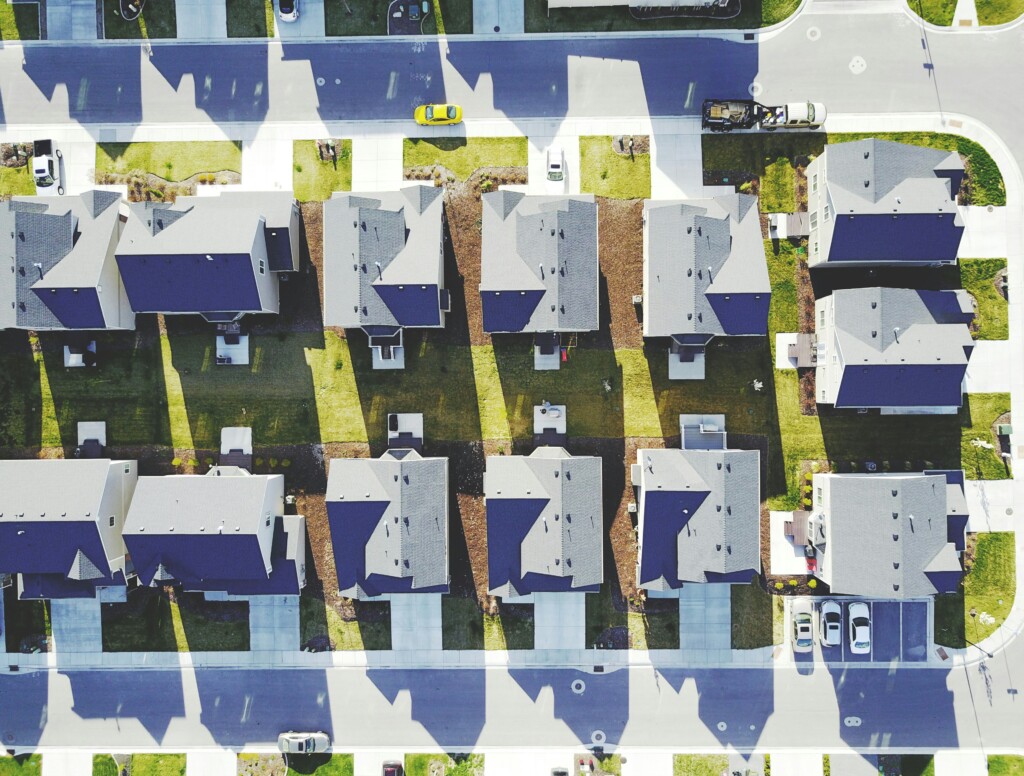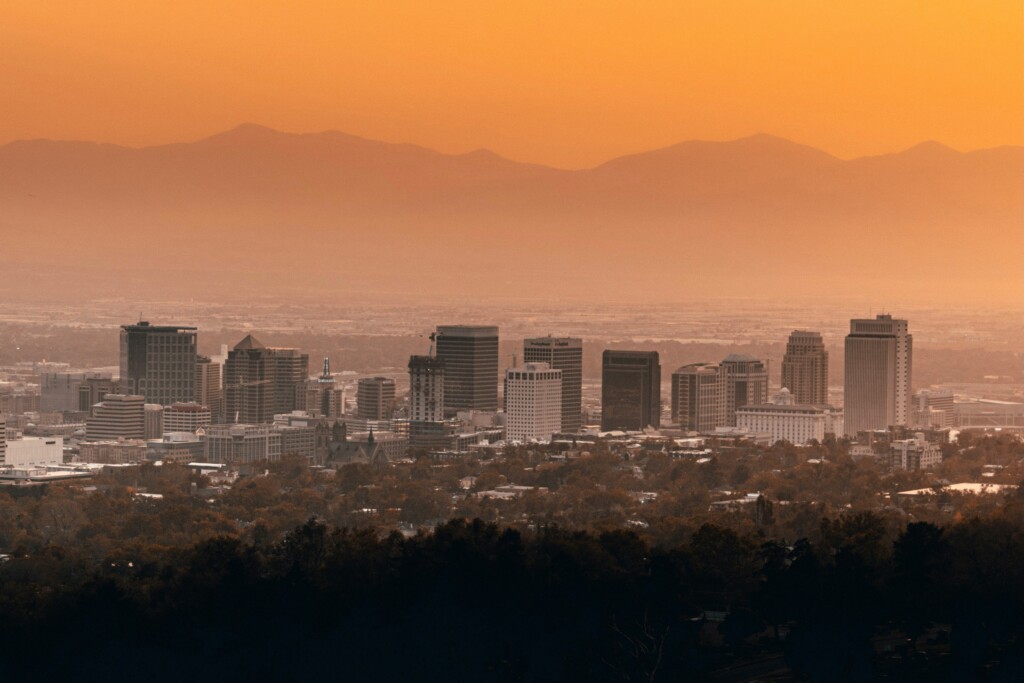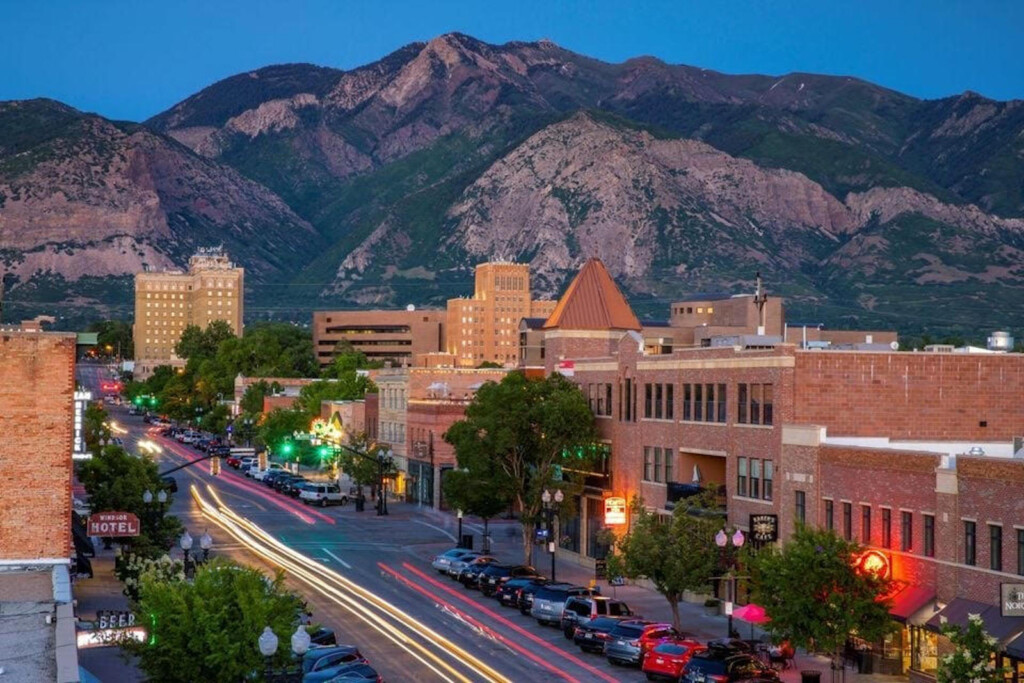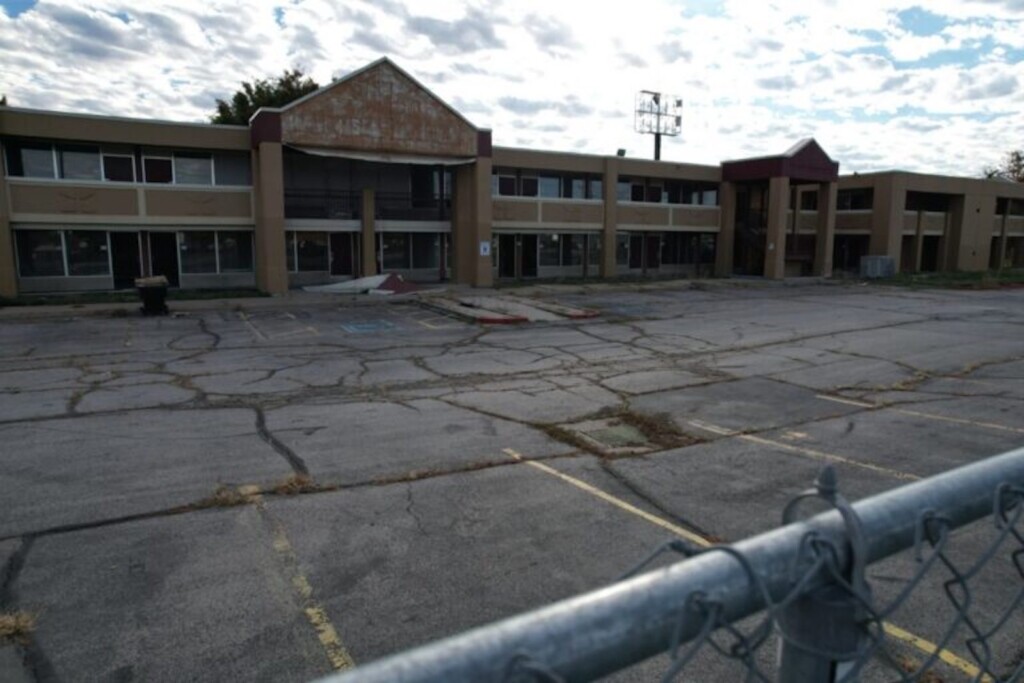The Los Angeles City Planning Department has introduced new draft ordinances to address the city’s severe housing shortage by zoning for over a quarter of a million new housing units, according to the Center Square. Despite its reputation for spacious homes, Los Angeles has the highest population density per room in the United States, surpassing even San Francisco and New York. To streamline the development process and alleviate delays, the department plans to implement inclusionary zoning, allowing for by-right construction of projects with at least 20% of units designated as affordable housing. This strategy aims to reduce overall development times, which are often prolonged by appeals against environmental impact reports under the California Environmental Quality Act. Additionally, the city is expanding its adaptive reuse program to include buildings as young as 15 years old, aiming to convert unused commercial spaces into residential units. This move could potentially yield thousands of new apartments, leveraging the region’s high office vacancy rate. Even a partial conversion of empty offices could result in a significant number of new homes, though some office spaces may be unsuitable for conversion due to infrastructure constraints.
So comparing Los Angeles to Utah, is Utah having the same problem? If Utah had an initiative to allow construction of projects with at least 20% units designated to affordable housing, would all of these proposed affordable housing units be accelerated into construction?
Also converting empty offices into new homes could work for Utah as well. Utah implementing inclusionary zoning could be one of the answers for the affordable housing crisis.
Comment down below what you think of this plan for affordable housing in Los Angeles also working in Utah.
The report “Understanding Smart Growth Savings” emphasizes the profound impact of community development patterns on people’s lives and advocates for informed discussions on Smart Growth policies. It outlines the benefits of Smart Growth, such as transportation cost savings, improved accessibility, economic opportunities, and environmental quality, especially beneficial to disadvantaged groups. It compares the advantages of compact, multimodal neighborhoods to sprawled, automobile-dependent areas, highlighting lower commute durations and increased physical activity in Smart Growth areas. Additionally, Smart Growth fosters economic integration and community cohesion while addressing housing preferences. Despite potential costs, Smart Growth offers diverse benefits that warrant comprehensive policy implementation to ensure equitable access to walkable neighborhoods for all, according to Planetizen.
The Intermountain Power Agency (IPA) is urging Governor Spencer Cox to veto SB161, a recently passed energy bill in Utah, according to the Salt Lake Tribune. The bill could compel IPA to sell a coal-fired power plant to the state to keep it operational, which conflicts with IPA’s plans to transition to more environmentally friendly facilities. IPA argues that complying with SB161 could lead to legal disputes, federal intervention, and financial risks. Despite IPA’s concerns, the bill fell short of a veto-proof majority in both chambers of the Legislature. Governor Cox is currently reviewing the legislation. If signed into law, SB161 could impact Utah’s energy landscape, potentially affecting pollution controls, federal regulations, and the construction of new power plants. Additionally, there’s tension between state and federal authorities regarding environmental regulations, with the possibility of further conflicts arising from other legislation aimed at challenging federal oversight.
Anthony Edwards showcased his dominance with a thunderous dunk over John Collins in the third quarter of Monday night’s game, leading the Minnesota Timberwolves to a 114-104 victory over the Utah Jazz, according to CBS News. Edwards scored 25 of his 32 points in the second half, impressing fans and players alike with his athleticism and determination. The dunk quickly went viral on social media, with veteran point guard Mike Conley praising it as one of the best he’s seen.
A SpaceX rocket launch from California’s Vandenberg Space Force Base illuminated the skies over Utah, Nevada, and Arizona on March 18, captivating viewers across the region, according to KUTV. Despite the launch site being around 530 miles away from where the three states meet, the Falcon 9 rocket carrying 22 Starlink spacecraft created an eerie atmospheric disturbance visible in the tri-state area. Social media flooded with photos and videos of the mesmerizing streak of light.
*Content for this article curated from other sources.






